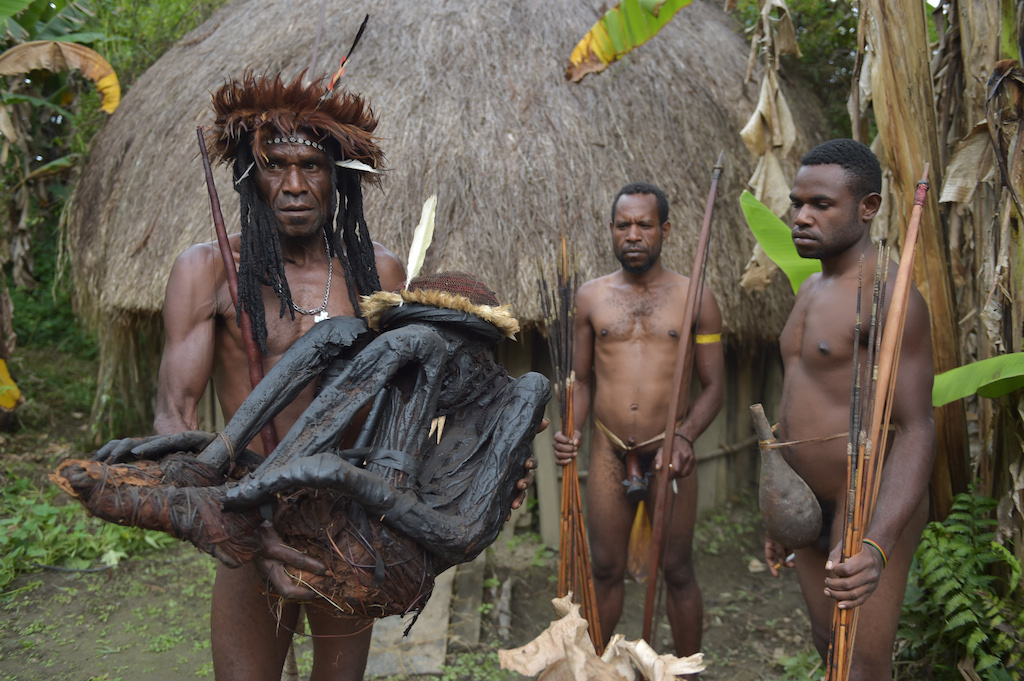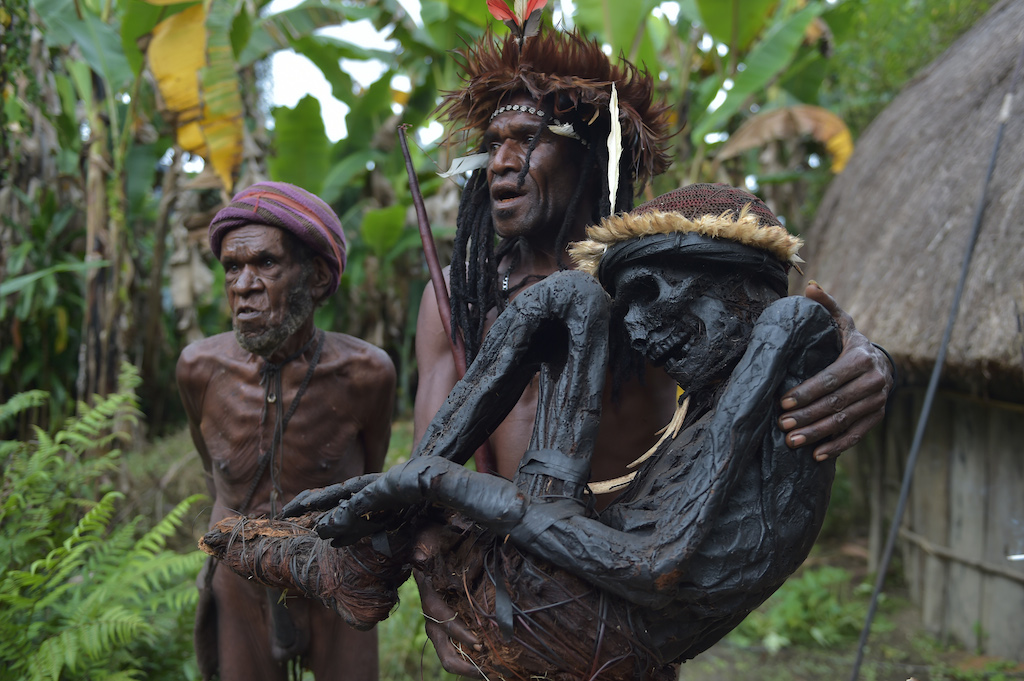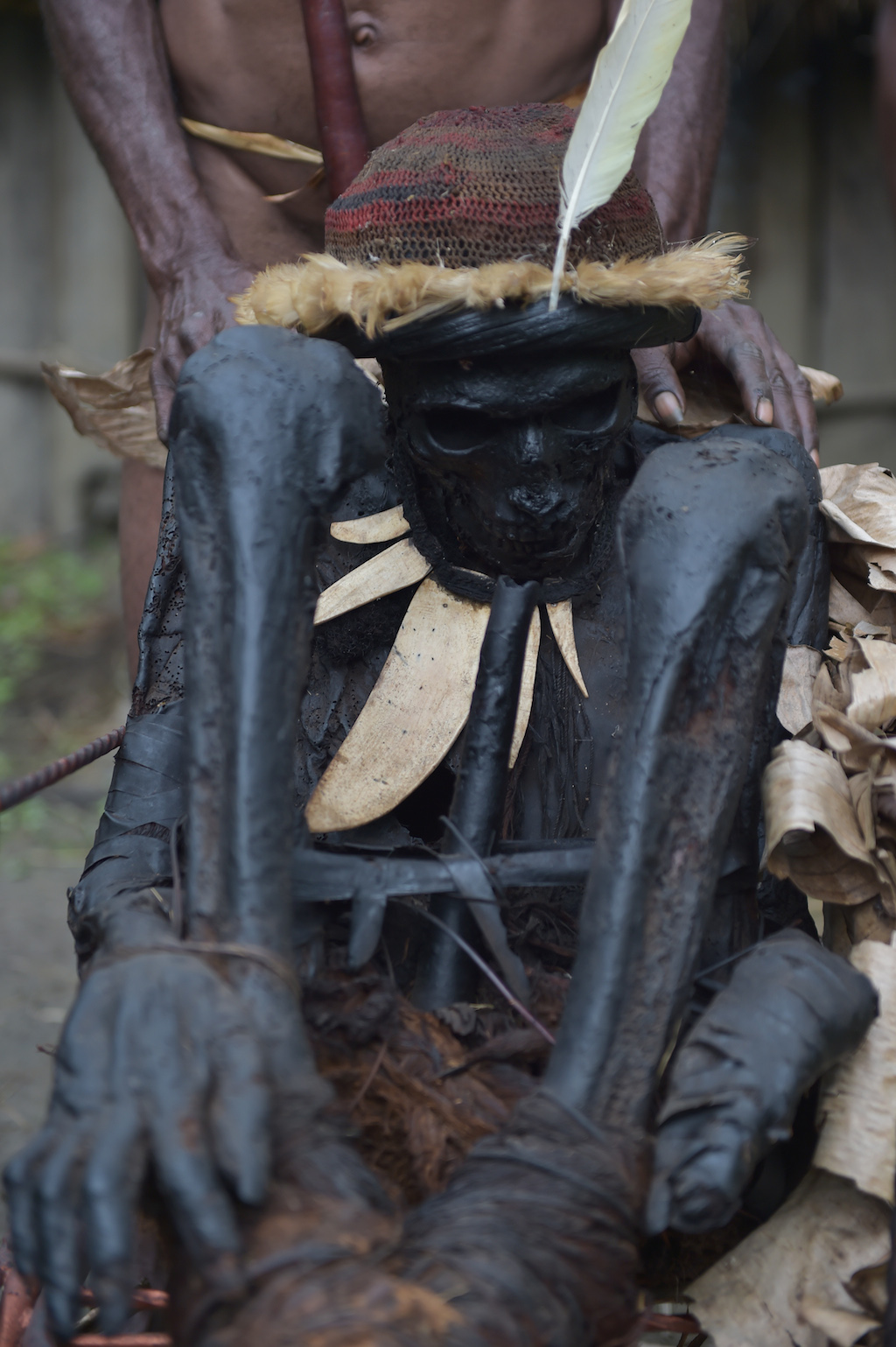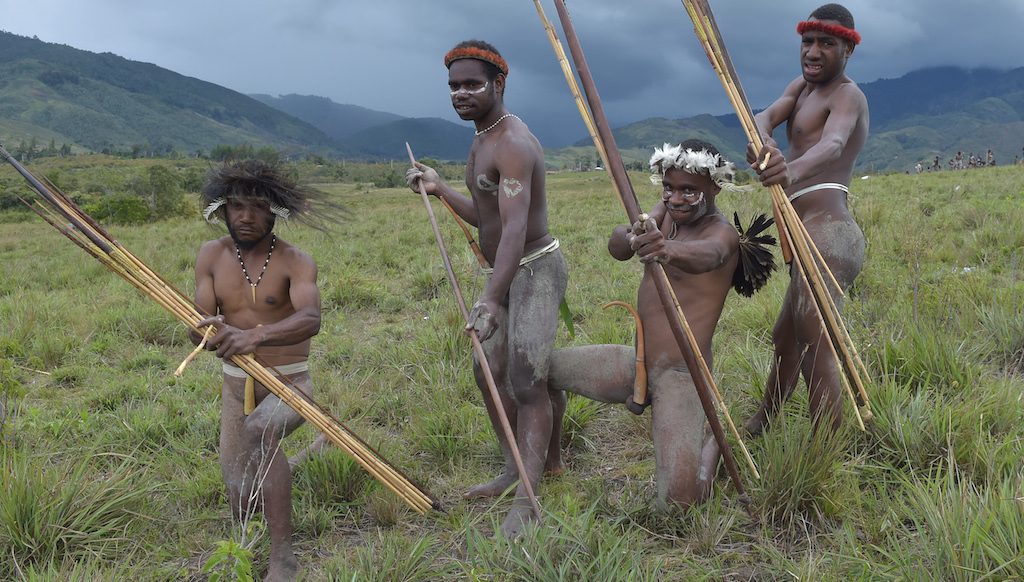A temetkezési szokások a különböző kultúrákban, illetve országokban megoszlanak, így amit Európában természetesnek veszünk, az az afrikai szigetországokban nevetséges, vagy bizarr is lehet.
A Pápua-Új-Guineában élő, 1909-ben felfedezett daniknak például a halottakhoz fűződő viszonyát találhatjuk furának, hiszen a legismertebb, és az egyik legnépesebb (25 ezer fő) etnikai csoport elhunyt őseiket évszázadokon át nem temette el, hanem füsttel mumifikálta.

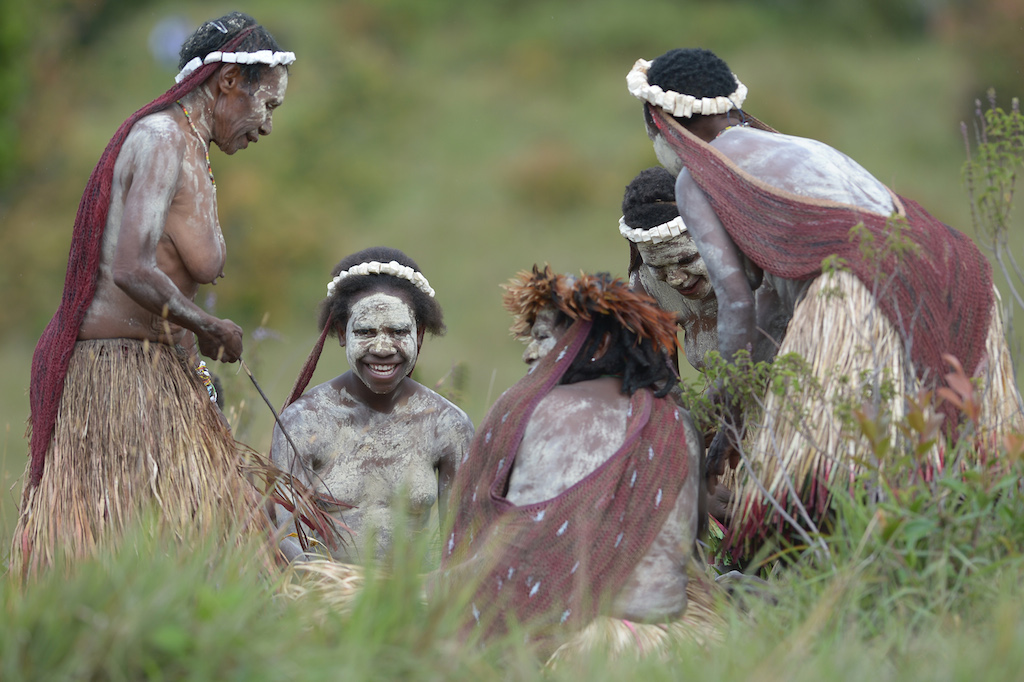
A szokást ma ugyan már nem követik, de a turisták által is látogatható csapatok is őrznek néhányat ezen testek közül – ezek közül néhány akár több száz éves is lehet.
